Dealing with Natural Disaster – A Safety Guide
This guide provides essential information on how to prepare for, respond to, and recover from natural disasters, ensuring safety and resilience in the face of unpredictable events. Natural disasters can strike without warning, leaving individuals and communities scrambling to react. However, being proactive and informed can make a significant difference in outcomes. Think of it like a game of chess; the more you plan your moves in advance, the better equipped you are to handle any surprises your opponent throws your way. This guide is designed to arm you with knowledge, strategies, and resources that can help you navigate the storm, quite literally!
Natural disasters come in various forms, including earthquakes, hurricanes, floods, and wildfires. Understanding these types helps individuals and communities prepare adequately for each unique threat. For instance, while a flood may require you to stockpile sandbags and know your evacuation routes, a wildfire might necessitate creating defensible space around your home. Each disaster has its own set of characteristics, and being aware of these can significantly enhance your preparedness. Here’s a quick breakdown of some common types:
| Type of Disaster | Key Characteristics | Preparation Tips |
|---|---|---|
| Earthquake | Sudden shaking, can cause structural damage | Secure heavy furniture, have a plan for “Drop, Cover, and Hold On” |
| Hurricane | Strong winds, heavy rain, storm surges | Know evacuation routes, stock up on supplies |
| Flood | Rapid water accumulation, can be flash or slow | Have an emergency kit, know safe evacuation routes |
| Wildfire | Fast-moving flames, can spread quickly | Create defensible space, have a go-bag ready |
By familiarizing yourself with these disasters, you can better anticipate what to expect and how to react when the time comes. It’s like knowing the rules of a game before you start playing; it gives you a distinct advantage!
An effective family emergency plan outlines procedures for different disaster scenarios, ensuring that all family members know what to do, where to go, and how to communicate during emergencies. Think of it as your family’s playbook for safety. It’s not just about having a plan; it’s about making sure everyone is on the same page. Each family member should understand their role in the event of a disaster, just like players on a sports team. This clarity can mean the difference between chaos and calm in a crisis.
Clear communication is vital during a disaster. Establishing communication strategies, such as designated contacts and emergency messages, ensures that family members can stay connected despite chaos. You might want to consider the following:
- Designate a family member as the primary point of contact.
- Use text messages or social media to send quick updates.
- Have a backup plan in case you can’t reach each other.
Imagine being in the middle of a storm, with the winds howling and your phone buzzing with alerts. Having a solid communication plan in place can help you stay connected and informed, making the situation feel a little less overwhelming.
Leveraging technology, like text messaging and social media, can enhance communication during emergencies, providing quick updates and facilitating connections when traditional methods fail. Apps designed for emergency alerts can keep you in the loop about local hazards, while group chats can help coordinate efforts among family members or friends. Think of these tools as your lifelines, connecting you to the outside world when everything else seems to be falling apart.
Choosing specific meeting points for family members can streamline reunification efforts post-disaster, ensuring that everyone knows where to go if separated. Whether it’s a neighbor’s house, a local park, or a designated shelter, having a clear location can alleviate confusion and anxiety during a stressful time. It’s like setting a date for a family reunion; everyone knows where to show up!
An emergency kit should contain essential supplies to sustain individuals and families during a disaster. Regularly updating this kit can ensure readiness for any situation. Think of your emergency kit as your survival toolbox; it should include everything you need to weather the storm. Here are some must-have items:
- Water (at least one gallon per person per day for three days)
- Non-perishable food (enough for three days)
- Flashlight and extra batteries
- First aid kit
- Whistle to signal for help
Regularly checking and updating your emergency kit can ensure you’re always prepared, just like keeping your car in good shape before a long road trip.
Understanding evacuation routes and safety measures is crucial for ensuring a swift and safe departure during a disaster. Familiarizing oneself with local plans can save lives. It’s like having a map before embarking on a journey; you wouldn’t want to get lost when time is of the essence!
Knowing safe locations, such as shelters and higher ground, can provide refuge during floods or storms, ensuring safety until the threat passes. This knowledge is invaluable; it’s like having a secret hideout in a game of hide and seek.
Regularly practicing evacuation drills with family members can reinforce preparedness, making it easier to execute plans efficiently during a real emergency. Just like rehearsing for a play, practice makes perfect. The more familiar everyone is with the plan, the smoother the execution will be when it matters most.
Recovery after a disaster involves assessing damage, accessing resources, and rebuilding lives. Understanding these steps can facilitate a smoother transition back to normalcy. It’s a process, and like any journey, it starts with the first step. After the dust settles, knowing where to turn for help can make all the difference.
After a disaster, accessing emergency resources like shelters, food, and medical assistance is essential for recovery. Knowing where to find these resources can aid significantly. Think of it as having a safety net; it’s there to catch you when you fall. Local government websites and community centers often provide information on available resources.
Disasters can have lasting emotional impacts. Seeking psychological support and community assistance can help individuals cope with trauma and rebuild their lives. It’s important to remember that it’s okay to ask for help. Just like physical injuries, emotional wounds need care and attention. Connecting with local support groups or counseling services can provide the necessary tools to heal.
Q: What should I include in my emergency kit?
A: Your emergency kit should include water, non-perishable food, a flashlight, batteries, a first aid kit, and any necessary medications.
Q: How can I stay informed during a disaster?
A: Use local news channels, weather apps, and social media for real-time updates. Consider signing up for emergency alerts in your area.
Q: What should I do if I’m separated from my family during a disaster?
A: Have a designated meeting point and a communication plan in place. Use text messages or social media to check in when possible.

Understanding Different Types of Natural Disasters
This guide provides essential information on how to prepare for, respond to, and recover from natural disasters, ensuring safety and resilience in the face of unpredictable events.
Natural disasters can strike without warning, and they come in a variety of forms, each with its own set of challenges and risks. Understanding these different types is crucial for effective preparation and response. Some of the most common types of natural disasters include:
- Earthquakes: Sudden shaking of the ground caused by tectonic plate movements. They can lead to significant structural damage and pose risks of aftershocks.
- Hurricanes: Powerful storms characterized by strong winds and heavy rain. They can result in flooding, storm surges, and widespread destruction.
- Floods: Overflowing of water onto normally dry land, often due to heavy rainfall, storm surges, or melting snow. Floods can cause extensive damage to property and infrastructure.
- Wildfires: Uncontrolled fires that spread rapidly through vegetation. They can be sparked by various factors, including lightning or human activity, and can devastate large areas.
Each type of natural disaster requires a specific response strategy. For instance, during an earthquake, it's vital to drop, cover, and hold on, while in the case of a hurricane, securing your home and having an evacuation plan are essential. By familiarizing yourself with these disasters, you can develop a more effective emergency plan tailored to your community's risks.
Moreover, understanding the geographical and climatic factors that contribute to these disasters can enhance your preparedness. For example, if you live in an area prone to hurricanes, it’s wise to stay informed about the hurricane season and have a plan in place well before any storm approaches. Similarly, if you reside in a wildfire-prone region, knowing the local fire season and maintaining defensible space around your home can be life-saving.
In addition to personal safety measures, communities often implement disaster preparedness programs to educate residents about the risks associated with different natural disasters. Participating in these programs can provide valuable insights and resources that empower individuals to take proactive steps toward their safety.
Ultimately, the key to effectively dealing with natural disasters lies in preparedness, awareness, and community engagement. By understanding the types of natural disasters that can occur in your area, you can take informed steps to protect yourself and your loved ones, ensuring that you are not only ready for the unexpected but also resilient in the face of adversity.
An effective family emergency plan outlines procedures for different disaster scenarios, ensuring that all family members know what to do, where to go, and how to communicate during emergencies.
Clear communication is vital during a disaster. Establishing communication strategies, such as designated contacts and emergency messages, ensures that family members can stay connected despite chaos.
Leveraging technology, like text messaging and social media, can enhance communication during emergencies, providing quick updates and facilitating connections when traditional methods fail.
Choosing specific meeting points for family members can streamline reunification efforts post-disaster, ensuring that everyone knows where to go if separated.
An emergency kit should contain essential supplies to sustain individuals and families during a disaster. Regularly updating this kit can ensure readiness for any situation.
Understanding evacuation routes and safety measures is crucial for ensuring a swift and safe departure during a disaster. Familiarizing oneself with local plans can save lives.
Knowing safe locations, such as shelters and higher ground, can provide refuge during floods or storms, ensuring safety until the threat passes.
Regularly practicing evacuation drills with family members can reinforce preparedness, making it easier to execute plans efficiently during a real emergency.
Recovery after a disaster involves assessing damage, accessing resources, and rebuilding lives. Understanding these steps can facilitate a smoother transition back to normalcy.
After a disaster, accessing emergency resources like shelters, food, and medical assistance is essential for recovery. Knowing where to find these resources can aid significantly.
Disasters can have lasting emotional impacts. Seeking psychological support and community assistance can help individuals cope with trauma and rebuild their lives.
Q: What should I include in my emergency kit?
A: Your emergency kit should include water, non-perishable food, a flashlight, batteries, a first aid kit, and important documents.
Q: How can I stay informed during a disaster?
A: Use a battery-powered radio, smartphone apps, and local news channels to stay updated on emergency alerts and weather conditions.
Q: What are the best ways to prepare my family for a natural disaster?
A: Create an emergency plan, practice evacuation routes, and regularly update your emergency kit.
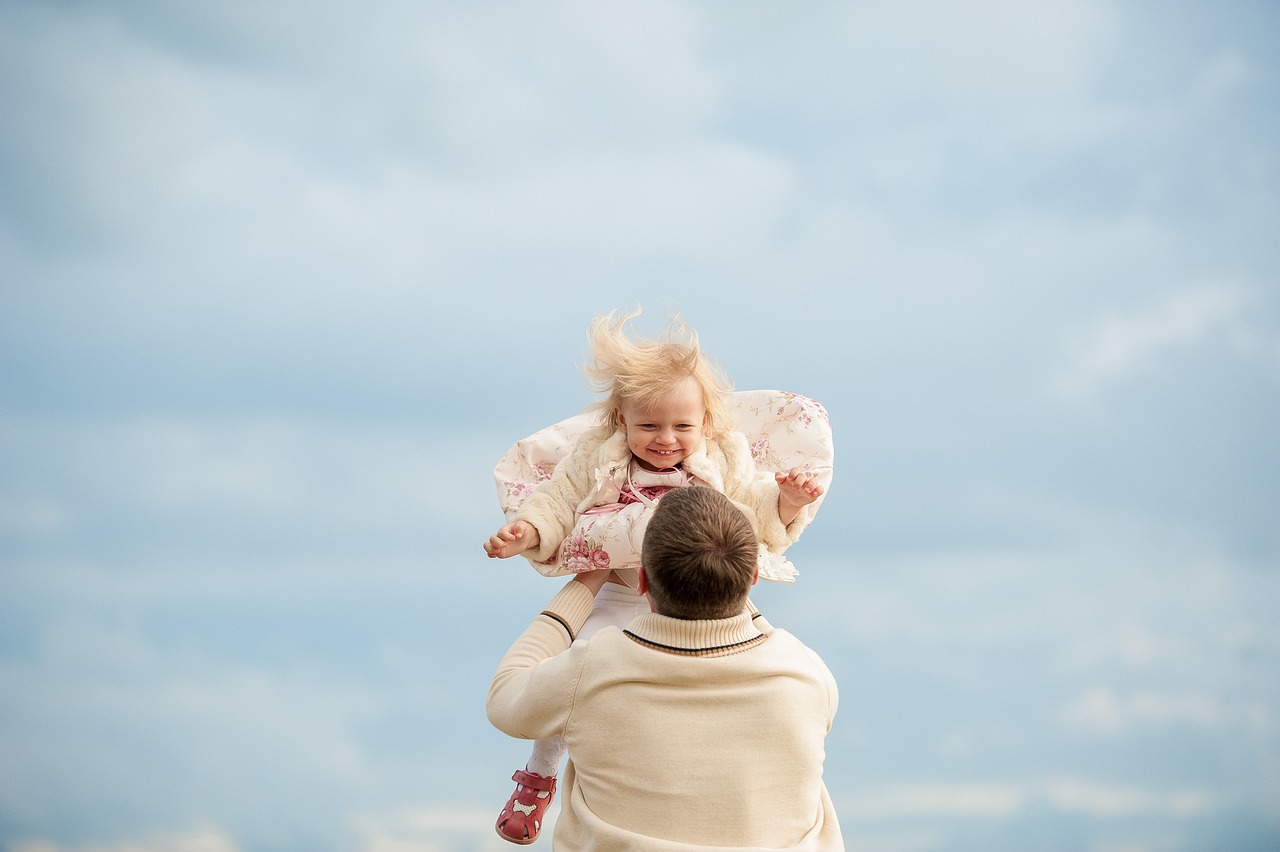
Creating a Family Emergency Plan
When it comes to natural disasters, having a well-thought-out family emergency plan can be the difference between chaos and calm. Imagine this: a sudden earthquake shakes your home, and everyone is scrambling, unsure of what to do. Now, picture instead that your family has sat down together, discussed various scenarios, and created a plan. Everyone knows exactly what to do, where to go, and how to communicate. This sense of preparedness not only alleviates panic but also strengthens family bonds. So, how do you create a family emergency plan that truly works?
First, it’s essential to involve all family members in the planning process. This ensures that everyone feels valued and understands the importance of the plan. Start by discussing the types of disasters that could affect your area, such as earthquakes, floods, or hurricanes. Each type of disaster requires a different response, so it’s crucial to tailor your plan accordingly. For instance, if you live in a flood-prone area, your plan should emphasize evacuation routes and safe locations.
Next, establish clear communication strategies. In the midst of a disaster, communication can become chaotic. Designate a family member as the primary contact, someone who can be reached easily, whether through phone calls or text messages. It’s a good idea to have an emergency message that everyone knows, something simple like "I'm safe" or "Heading to the meeting point." This way, even if you can’t talk directly, you can still keep everyone informed.
Another key component of your family emergency plan is designating meeting points. These are specific locations where family members can gather if separated during a disaster. Choose a couple of locations—one close to home and another farther away in case local areas are unsafe. Ensure everyone knows how to get to these points and what to do if they can’t reach them. This simple step can significantly ease the stress of a disaster situation.
In today's digital age, technology can be a lifesaver. Consider using group messaging apps or social media platforms to stay connected during emergencies. For example, if you’re unable to reach a family member via phone, sending a quick message through a social media platform can be a great alternative. Just remember, during a disaster, networks may be congested, so it’s essential to have multiple ways to communicate.
Lastly, don’t forget to regularly review and practice your family emergency plan. Just like any good strategy, it needs to be updated and rehearsed. Set aside some time each year to go over the plan, discuss any changes in your family situation, and practice evacuation routes. This not only keeps everyone informed but also builds confidence in executing the plan when it matters most.
In conclusion, creating a family emergency plan is about more than just having a piece of paper with instructions. It's about fostering a sense of security and preparedness within your family. By involving everyone in the process, establishing clear communication strategies, designating meeting points, leveraging technology, and practicing regularly, you can ensure that your family is ready to face any natural disaster that may come your way. Remember, preparedness is not just a plan; it’s peace of mind.
- What should be included in a family emergency plan? A family emergency plan should include communication strategies, designated meeting points, evacuation routes, and emergency contacts.
- How often should we review our emergency plan? It is recommended to review your emergency plan at least once a year to ensure it remains relevant and effective.
- What supplies should be in our emergency kit? Your emergency kit should include water, non-perishable food, first-aid supplies, flashlights, batteries, and any necessary medications.
- How can we practice our emergency plan? Conduct regular drills that simulate different disaster scenarios, allowing family members to practice their roles and responsibilities.

Establishing Communication Strategies
In the chaos of a natural disaster, clear communication can be the lifeline that keeps families connected and safe. It's essential to establish communication strategies before disaster strikes, ensuring that all family members are on the same page. Think of it as setting up a roadmap for navigating through turbulent times. Without a plan, confusion can reign, leading to panic and disorganization. So, how do you create an effective communication strategy?
First and foremost, designate a primary contact who lives outside your immediate area. This person can serve as a central point of communication. During a disaster, local lines may be jammed or down, but long-distance calls often go through. Make sure everyone in your family knows this contact's phone number and how to reach them. It’s like having a back-up generator for your communication needs when the main power source fails.
Next, establish a family emergency message. This can be a simple text or a pre-written message that outlines your family’s status and plans. For example, “We are safe and heading to Grandma’s house.” This message can be sent to your designated contact and shared on social media if necessary. Think of it as sending out a beacon of hope that reassures your loved ones you’re okay.
In addition to these strategies, consider using technology to your advantage. Apps like WhatsApp or GroupMe can facilitate group messaging, allowing for real-time updates. Just remember that during a disaster, battery life is precious. Make sure everyone has a portable charger ready to go, akin to having a first-aid kit for your phone. You wouldn’t ignore your health in an emergency, so don’t neglect your communication tools!
Lastly, it’s crucial to choose designated meeting points in case your family gets separated. These should be safe locations known to all family members, like a nearby school or a local park. This strategy not only streamlines the reunification process but also provides a sense of security. If a disaster strikes, having a clear plan can help you avoid the chaos of searching for each other. It’s like having a map in an unfamiliar terrain; it guides you back to safety.
By implementing these communication strategies, you create a robust framework that can withstand the unpredictability of natural disasters. Remember, preparation is key, and a well-thought-out plan can make all the difference when every second counts.
Q: What should I do if my family is separated during a disaster?
A: If separated, follow your established communication plan. Use your designated contact to relay information, and head to your predetermined meeting point if safe to do so.
Q: How can I ensure my emergency contact information is up to date?
A: Regularly review and update your emergency contact list, ensuring that all family members have the latest information. Consider setting a reminder to check this every few months.
Q: What technology can help during a disaster?
A: Utilize apps for messaging, social media for updates, and GPS for navigation. Always keep your devices charged and have portable chargers handy.

Using Technology for Communication
In today's fast-paced world, technology plays a pivotal role in enhancing our ability to communicate, especially during emergencies. When a natural disaster strikes, traditional communication channels—like landlines and face-to-face interactions—can quickly become unreliable. That's where modern technology steps in, offering innovative solutions to keep us connected when it matters most. Imagine being able to send a quick text or post an update on social media, even when the power is out or phone lines are jammed. This capability can be a lifeline, quite literally!
One of the most effective ways to use technology during a disaster is through text messaging. Texts require less bandwidth than phone calls, making them more reliable during emergencies. You can quickly check in with family members or send a message to your designated contact to let them know you’re safe. Apps like WhatsApp or Facebook Messenger also allow for group chats, so you can keep everyone in the loop without making multiple calls. With just a few taps on your smartphone, you can share your location, safety status, or any critical information.
Another valuable tool is social media. Platforms like Twitter and Facebook can serve as real-time information hubs during a disaster. Many local governments and emergency services use these platforms to disseminate crucial updates, such as evacuation orders or shelter locations. By following local authorities and community groups, you can stay informed about the situation in your area. Just remember to verify the information you receive, as misinformation can spread quickly.
Moreover, there are dedicated emergency apps designed to keep you safe. For instance, the FEMA app provides alerts, safety tips, and disaster resources tailored to your location. It's like having a personal safety advisor right in your pocket! Other apps can help you create emergency plans, track your family's whereabouts, and even provide first-aid instructions in case of injuries. Utilizing these resources can empower you and your loved ones to respond effectively during a crisis.
However, while technology can greatly enhance communication, it’s essential to have backup plans. Power outages can render devices useless, so consider investing in portable chargers and solar-powered gadgets. Additionally, keep a written list of important contacts and emergency numbers in case your phone is lost or damaged. By combining technology with traditional methods, you can ensure that you stay connected, informed, and prepared, no matter what challenges come your way.
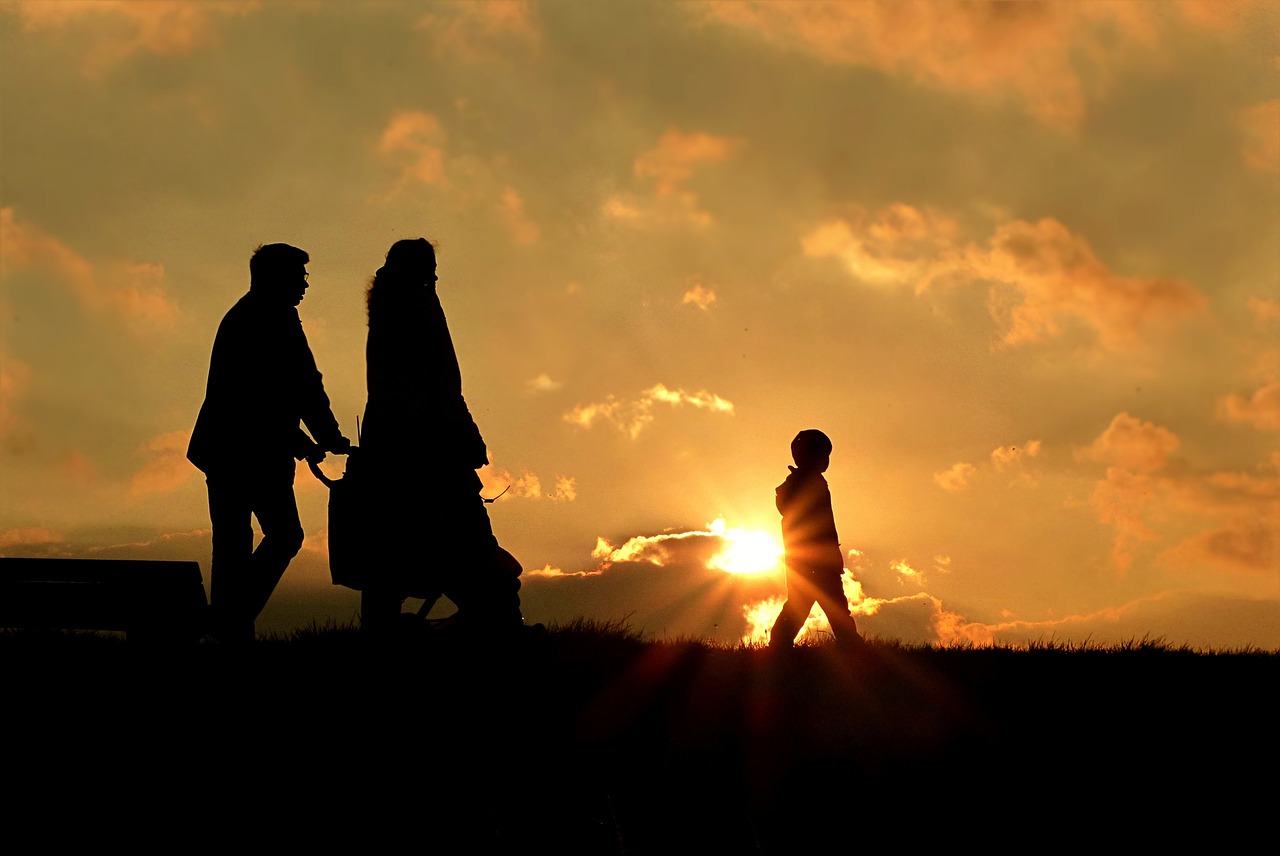
Designating Meeting Points
When disaster strikes, chaos can reign supreme. Imagine a hurricane bearing down or an earthquake shaking the ground beneath your feet. In such moments, knowing where to go can be the difference between safety and panic. That's why for your family is not just a good idea; it's a critical component of your emergency plan.
Start by choosing a few locations that are easy to remember and accessible to all family members. Ideally, select a primary meeting point close to home, such as a neighbor's house or a nearby park. This location should be a safe zone, away from potential hazards associated with the disaster. Additionally, consider having a secondary meeting point further away, like a local school or community center, in case your primary location is compromised.
It's essential to communicate these locations to everyone in your family. Make sure to hold a family meeting where you can discuss the importance of these meeting points and review the plan regularly. This way, if an emergency occurs, everyone will know exactly where to head. You can even create a simple map that highlights these locations, making it easier for younger family members to understand.
Moreover, consider the possibility of family members being in different places when a disaster occurs. For example, what if one person is at work, another at school, and someone is out running errands? To address this, ensure that everyone knows both the primary and secondary meeting points, so they can adjust their plans accordingly. You might also want to establish a designated contact outside of your immediate area, which can serve as a communication hub if local lines are down.
Incorporating technology can also enhance your meeting point strategy. Use messaging apps or social media to share updates and confirm safety. Just remember, during a disaster, not all technology may be reliable. That’s why having a physical plan is crucial.
In summary, designating meeting points is a simple yet effective way to ensure your family's safety during a natural disaster. By taking the time to plan and communicate these locations, you can help minimize confusion and fear when it matters most. So, gather your family, discuss your options, and create a plan that everyone understands. After all, a little preparation can go a long way in keeping your loved ones safe.
- What should I include in my emergency plan? Your emergency plan should include meeting points, communication strategies, and an emergency kit.
- How often should I review my emergency plan? It's advisable to review your emergency plan at least once a year or after any significant changes in your family structure.
- What if my family members are not together during a disaster? Designate a contact outside your area and ensure everyone knows the meeting points.
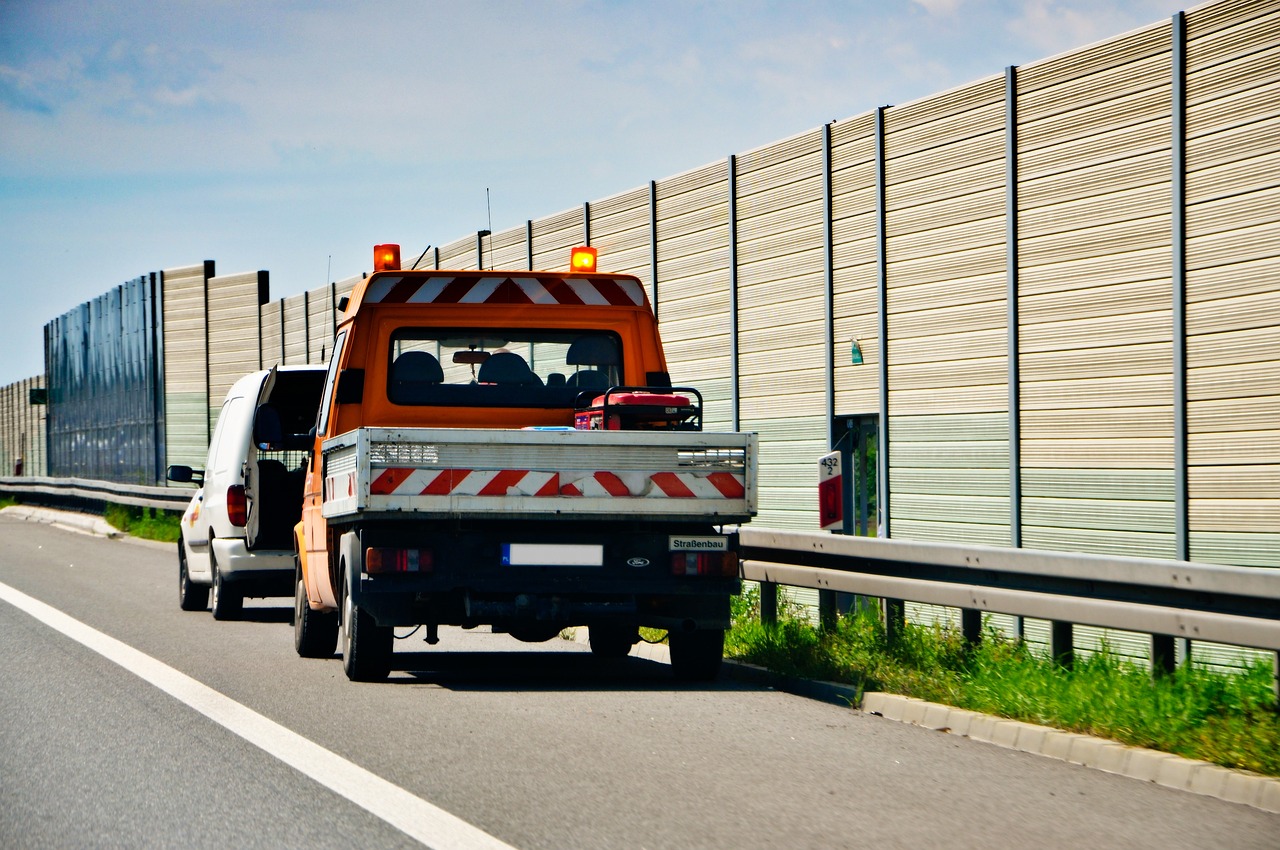
Preparing an Emergency Kit
When it comes to natural disasters, being prepared can make all the difference. An emergency kit is your first line of defense against the unexpected, and it should be packed with essential supplies that can sustain you and your family during a crisis. Imagine facing a hurricane or an earthquake, and knowing you have everything you need right at your fingertips. Sounds comforting, right? To ensure that you're truly ready, it’s crucial to regularly update this kit and tailor it to your specific needs and climate.
Your emergency kit should ideally contain a variety of items, including food, water, medical supplies, and personal documents. Think of it as your survival toolbox, filled with the essentials that can help you weather the storm—both literally and figuratively. Here’s a quick overview of what to include:
| Item | Purpose |
|---|---|
| Water | At least one gallon per person per day for at least three days |
| Non-perishable food | Enough to last for at least three days, like canned goods and energy bars |
| First-aid kit | To treat minor injuries and ailments |
| Flashlight with extra batteries | To provide light during power outages |
| Multi-tool or Swiss Army knife | For various tasks and repairs |
| Whistle | To signal for help |
| Personal documents | Copies of identification, insurance policies, and emergency contacts |
But wait, there’s more! Don’t forget to personalize your emergency kit. If you have pets, include food and water for them as well. If you have infants, pack baby formula and diapers. Also, consider any unique medical needs your family might have. In short, think of your emergency kit as a reflection of your family’s lifestyle and needs.
Additionally, it’s a good idea to store your emergency kit in a location that is easily accessible, such as a closet near the front door or in your vehicle. This way, when disaster strikes, you won’t waste precious time searching for supplies. Remember, the goal is to be ready to act quickly and efficiently.
Lastly, don’t forget to conduct regular checks of your emergency kit. Just like your car needs an oil change, your emergency supplies need attention too! Set a reminder every six months to review and replenish any expired items. After all, in a time of crisis, the last thing you want is to find out that your flashlight batteries are dead or that your food has expired.
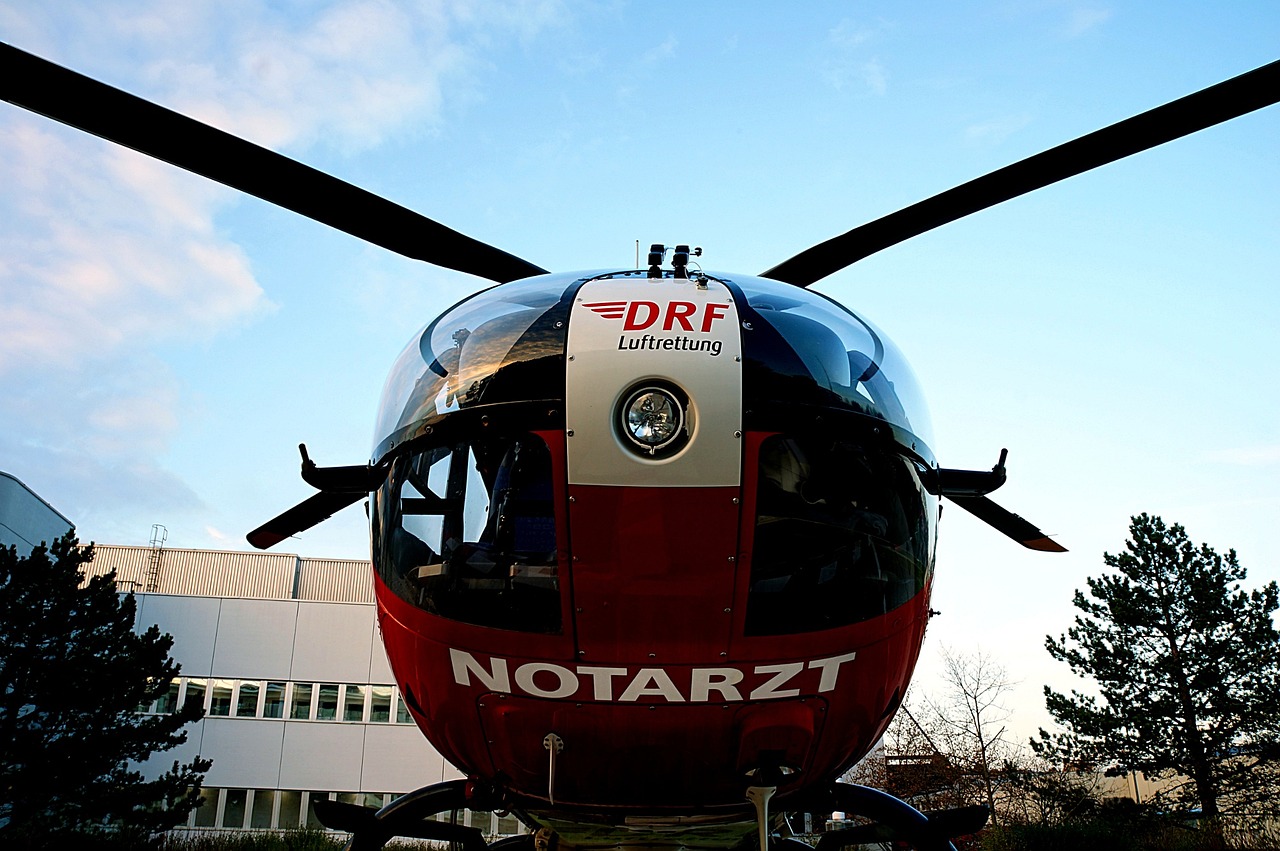
Evacuation Routes and Safety Measures
When it comes to natural disasters, knowing your evacuation routes can be the difference between safety and danger. Imagine you’re in the middle of a storm, the winds howling like a freight train, and suddenly you realize you need to evacuate. Panic can set in, but if you’ve done your homework ahead of time, you’ll know exactly where to go. Familiarizing yourself with local evacuation routes is not just a good idea; it’s essential. Many areas will have designated routes that are specifically planned to ensure the quickest and safest exit from danger zones. These routes may change depending on the type of disaster, so always stay updated with local authorities.
Additionally, it’s important to understand the safety measures that accompany these evacuation routes. For instance, knowing where the nearest shelters are located can provide a sense of security. Shelters are typically set up in schools, community centers, or other large buildings that can accommodate many people. You can check with local emergency management offices or their websites to find out where these shelters are located. Furthermore, consider the following safety measures:
- Stay informed through local news channels or emergency apps.
- Have a backup plan in case your primary route is blocked.
- Ensure your vehicle is in good condition and has enough fuel.
- Prepare your family and pets for quick departure.
Practicing evacuation drills is another key component of safety. Just like fire drills in schools, practicing your evacuation plan can help everyone know what to do when the time comes. It’s not just about knowing where to go; it’s about being prepared to act quickly. In fact, many communities hold regular drills to help residents become familiar with the process. You might even consider setting up a family drill at home, where everyone practices gathering essential items and heading to your designated meeting point.
Finally, don’t forget to stay calm during an evacuation. Emotions can run high during a disaster, and it's easy to feel overwhelmed. Remember, keeping a clear head can help you make better decisions. If you’ve prepared in advance, you’ll feel more in control, allowing you to focus on getting yourself and your loved ones to safety.
Q: How do I find evacuation routes in my area?
A: Check with your local emergency management office or their website for maps and information on designated evacuation routes.
Q: What should I do if I can't evacuate?
A: If evacuation isn't possible, find a safe location in your home, away from windows and doors, and stay put until help arrives.
Q: How can I prepare my pets for evacuation?
A: Ensure you have a pet emergency kit ready, including food, water, and any necessary medications. Familiarize your pets with carriers or leashes to make evacuation easier.
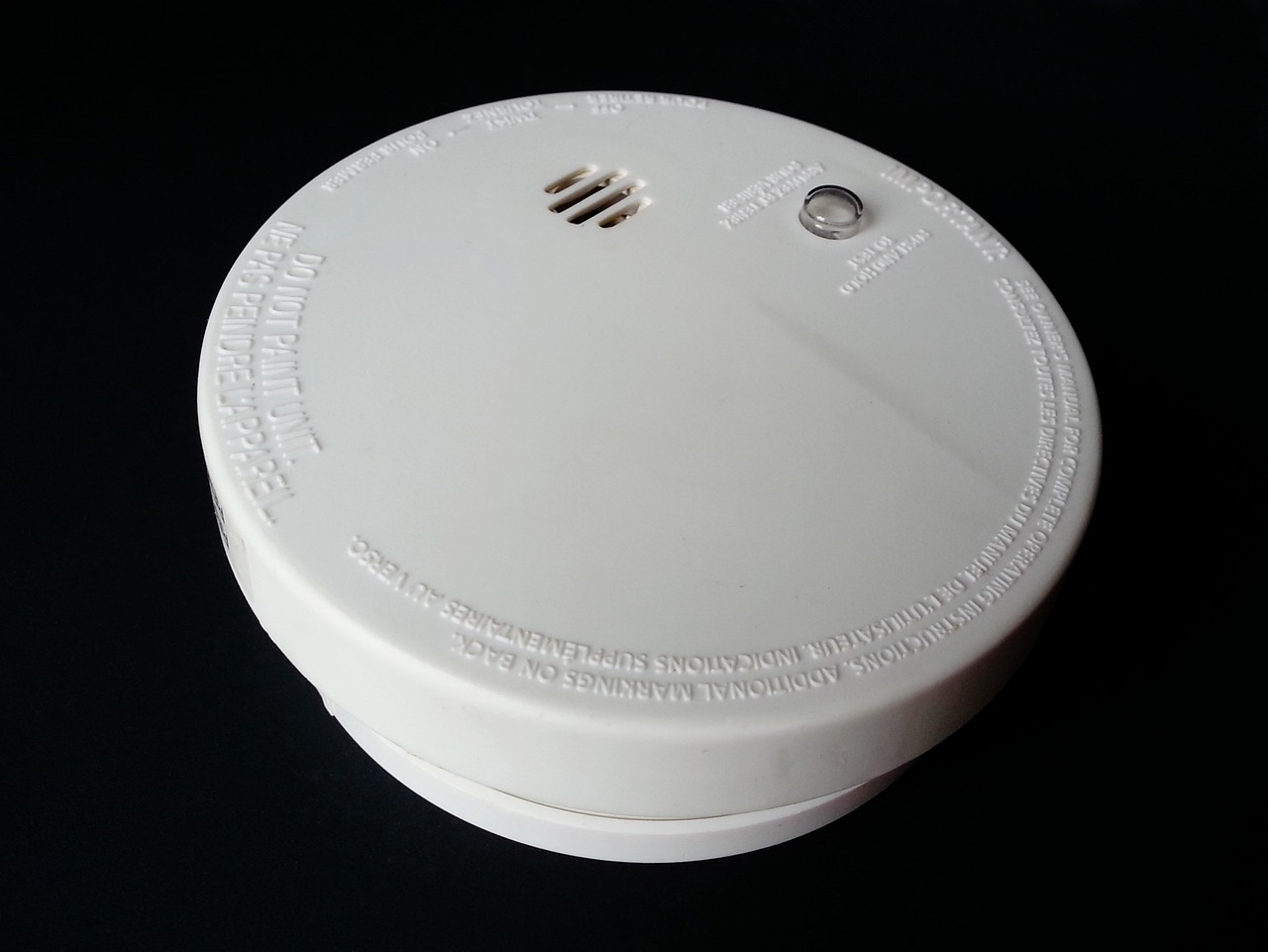
Identifying Safe Locations
When disaster strikes, knowing where to find safe locations can be the difference between safety and danger. It's crucial to familiarize yourself with your surroundings and identify places that can offer refuge during emergencies. Think of it like having a secret hideout in a video game; you want to know all the safe zones to retreat to when the chaos unfolds. Safe locations vary depending on the type of disaster you might face. For instance, during a flood, higher ground becomes your sanctuary, while a hurricane may require you to seek sturdy buildings or designated shelters.
One effective way to prepare is by creating a map of your area that highlights these safe locations. Mark potential shelters, such as schools, community centers, or even homes of friends and relatives who live in safer zones. This map will serve as a handy reference during emergencies when time is of the essence. It’s also wise to check with local authorities for official emergency shelters. Many communities have designated places that are stocked with supplies and staffed with trained personnel ready to assist you.
Additionally, consider the following types of safe locations:
- Emergency Shelters: These are often set up by local governments or organizations in response to disasters. They are equipped with basic necessities and provide a safe space for those displaced.
- Higher Ground: In the event of floods, knowing where to find elevated areas can protect you from rising waters.
- Community Centers: Many community centers double as emergency shelters and can provide resources and support during a disaster.
- Friends and Family: Having a list of contacts who live in safer areas can be invaluable. It’s always good to have a backup plan!
In addition to knowing where to go, it’s equally important to understand how to get there. Familiarize yourself with the routes to these safe locations. Practice driving or walking to them, so you’re not caught off guard when the time comes. If you have children, involve them in the process; this not only educates them but also gives them a sense of control during uncertain times.
Lastly, keep in mind that safe locations can change based on the situation. For example, a place that’s safe during a flood may not be safe during a wildfire. Always stay informed through local news, weather alerts, and community announcements. Being proactive can help you make quick decisions, ensuring that you and your loved ones remain safe when disaster strikes.
Q: How do I find emergency shelters in my area?
A: You can check with your local government’s emergency management office, visit their website, or look for community bulletin boards that list emergency resources.
Q: What should I bring to an emergency shelter?
A: Bring essential items such as medications, personal identification, clothing, hygiene products, and any necessary supplies for children or pets.
Q: How can I prepare my family for evacuating to a safe location?
A: Conduct regular drills, discuss your emergency plan, and ensure everyone knows the routes to safe locations. Having a family emergency kit ready can also streamline the process.
Q: What if I can’t reach my designated safe location?
A: Always have multiple options for safe locations and routes. Stay informed through local news to find alternate safe havens.
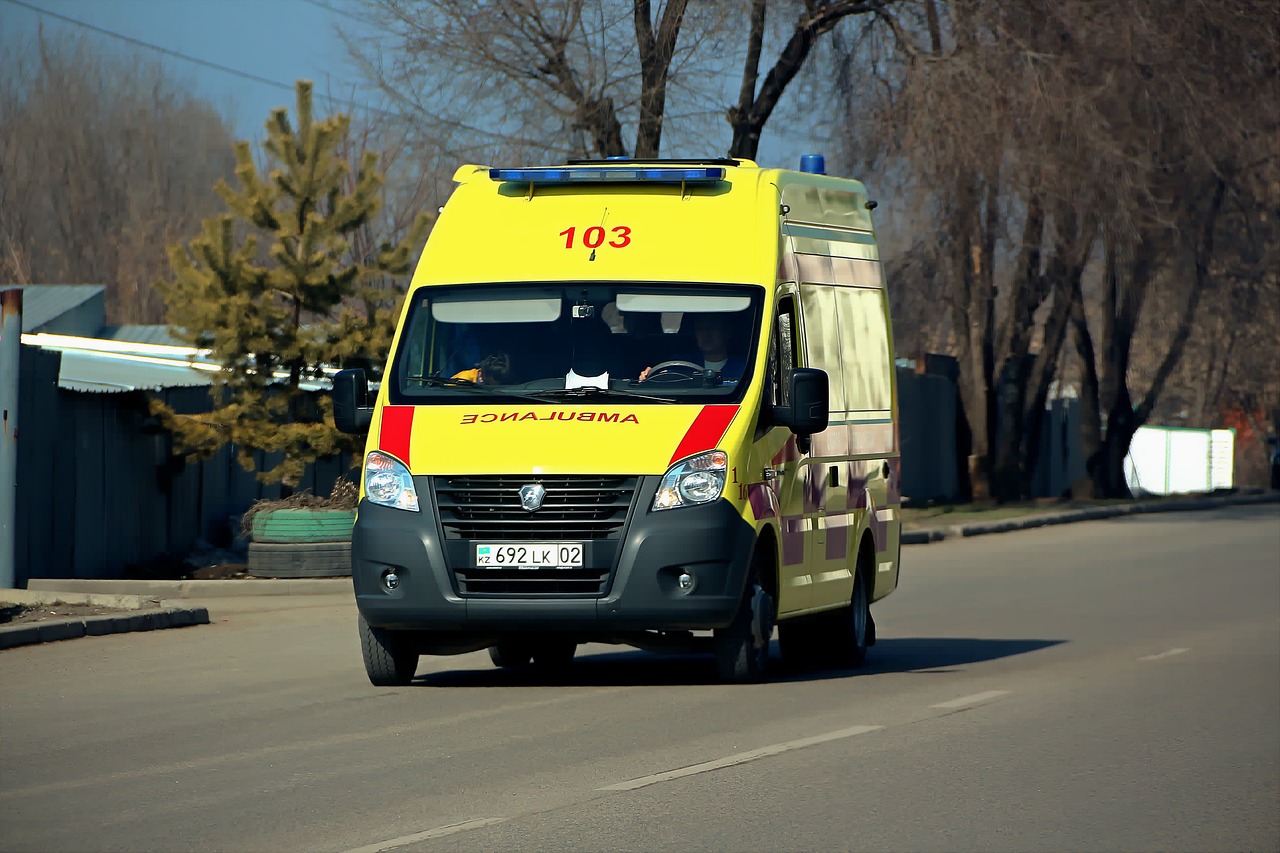
Practicing Evacuation Drills
Practicing evacuation drills is one of the most crucial steps you can take to ensure your family's safety during a natural disaster. Imagine being in a situation where every second counts, and the chaos around you makes it hard to think clearly. This is where the importance of regular drills comes into play. By simulating various disaster scenarios, you can train your mind and body to react swiftly and efficiently when it matters most. Just like athletes practice for their big game, families must prepare for emergencies to enhance their chances of safety.
Start by setting a schedule for your evacuation drills. It’s essential to choose a specific day and time each month to practice. This not only keeps everyone aware of the plan but also makes it a routine, just like any other family activity. During these drills, ensure that every family member understands the evacuation routes and knows how to reach the designated meeting points. You can even create a small map to visually illustrate the paths to safety. Consider the following elements when conducting your drills:
- Realistic Scenarios: Simulate different types of disasters, such as a fire or a hurricane, to prepare for various situations.
- Time Trials: Challenge your family to complete the evacuation in a set amount of time to encourage quick thinking and efficiency.
- Role Assignments: Assign specific roles to family members, like gathering pets or grabbing the emergency kit, to streamline the process.
After each drill, hold a debriefing session. This is a chance to discuss what went well and what could be improved. Encourage open communication, as this will help everyone feel more comfortable and confident during actual emergencies. You might even consider using a checklist to track progress and ensure that no detail is overlooked. Here’s a simple table to illustrate a sample checklist for evacuation drills:
| Task | Status |
|---|---|
| Review evacuation routes | ✔️ Completed |
| Gather emergency supplies | ✔️ Completed |
| Designate meeting points | ✔️ Completed |
| Conduct time trial | ✔️ Completed |
Remember, the goal of these drills is not just to memorize the plan but to foster a sense of readiness and resilience. When everyone is on the same page, the stress of a real disaster can be significantly reduced. So, gather your family, mark your calendars, and commit to practicing evacuation drills regularly. It’s not just a safety measure; it’s a way to empower your family and ensure that you can face any challenge together.
Q: How often should we practice evacuation drills?
A: It’s recommended to practice evacuation drills at least once a month to keep everyone familiar with the plan.
Q: What should be included in our emergency kit?
A: Your emergency kit should include essentials like water, non-perishable food, a flashlight, batteries, first-aid supplies, and important documents.
Q: How can we make evacuation drills fun for kids?
A: Incorporate games or challenges during the drill, such as a scavenger hunt for emergency supplies, to keep kids engaged and make the process enjoyable.
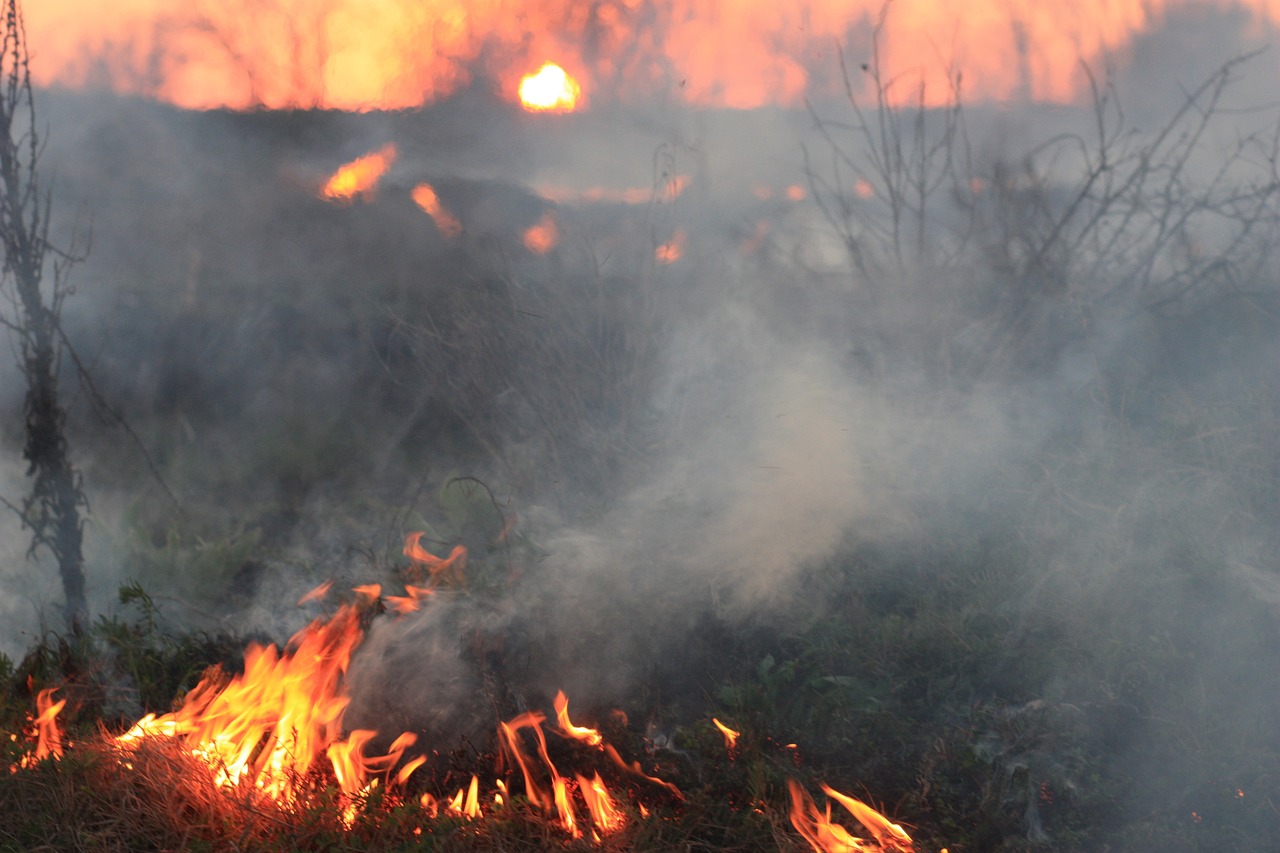
Post-Disaster Recovery Steps
Recovering from a natural disaster is like piecing together a jigsaw puzzle where some pieces are missing, and others are damaged. It can be overwhelming, but understanding the key recovery steps can make the process more manageable and less daunting. The first step is to assess the damage. This means taking a thorough look at your property and belongings to understand what has been affected. Whether it’s a flooded basement or a roof blown off by a hurricane, knowing the extent of the damage is crucial. Remember, safety comes first—if the area is unsafe, wait for professionals to ensure it’s secure before entering.
Once you have assessed the damage, the next step is to access emergency resources. This can include finding shelters, food supplies, and medical assistance. Local governments and organizations often set up resource centers to help those affected. It's essential to stay informed about where these resources are located. For instance, community centers and schools may serve as temporary shelters, while local food banks can provide meals and supplies. Make sure to check official websites or social media updates for the most accurate information.
Next, don’t underestimate the importance of emotional and psychological support. Disasters can leave deep emotional scars, and it's perfectly normal to feel a mix of anxiety, sadness, or even anger. Seeking help from mental health professionals or joining community support groups can provide a safe space to express feelings and begin the healing process. It’s like having a safety net; you might not realize how much you need it until you’re in freefall.
In addition to emotional support, consider organizing your recovery efforts. Create a recovery plan that outlines what needs to be done, who will do it, and the resources required. This can include contacting insurance companies to file claims, hiring contractors for repairs, or even reaching out to local charities for assistance. Keeping everything organized can help you stay focused and alleviate some of the stress.
Lastly, rebuilding your life after a disaster is not just about fixing physical damage; it’s also about re-establishing your sense of normalcy. This could mean returning to your daily routines, reconnecting with friends and family, and gradually moving forward. Remember, recovery is a journey, not a race. Allow yourself the time to heal, both physically and emotionally.
- What should I do first after a disaster? Assess the safety of your surroundings and check for injuries. If safe, evaluate the damage to your property.
- How can I find emergency resources? Check local government websites, social media, and community centers for information on shelters and aid.
- Is it normal to feel overwhelmed after a disaster? Yes, it is completely normal to feel a range of emotions. Seeking support from professionals or community groups can help.
- How can I help my family recover emotionally? Encourage open communication about feelings, and consider seeking professional help if needed.
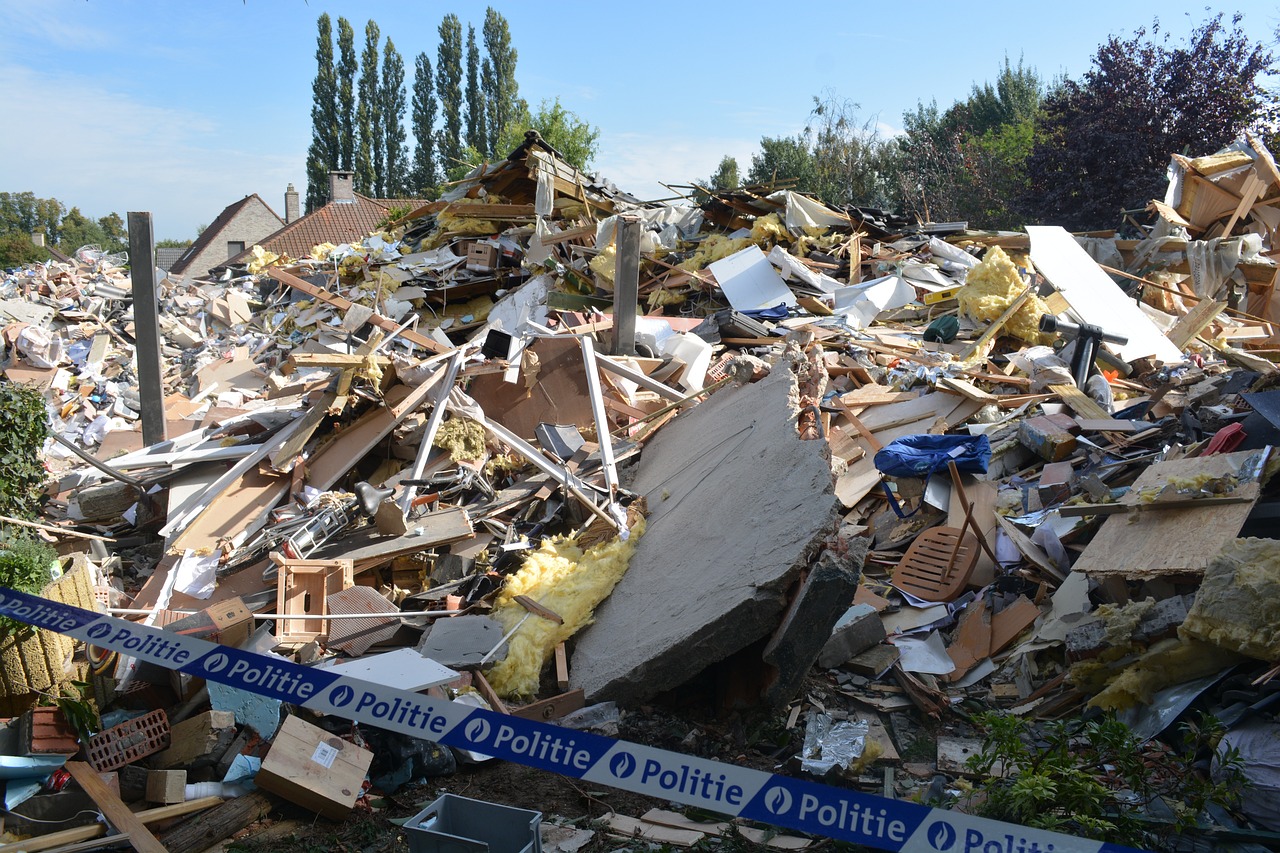
Accessing Emergency Resources
This guide provides essential information on how to prepare for, respond to, and recover from natural disasters, ensuring safety and resilience in the face of unpredictable events.
Natural disasters come in various forms, including earthquakes, hurricanes, floods, and wildfires. Understanding these types helps individuals and communities prepare adequately for each unique threat.
An effective family emergency plan outlines procedures for different disaster scenarios, ensuring that all family members know what to do, where to go, and how to communicate during emergencies.
Clear communication is vital during a disaster. Establishing communication strategies, such as designated contacts and emergency messages, ensures that family members can stay connected despite chaos.
Leveraging technology, like text messaging and social media, can enhance communication during emergencies, providing quick updates and facilitating connections when traditional methods fail.
Choosing specific meeting points for family members can streamline reunification efforts post-disaster, ensuring that everyone knows where to go if separated.
An emergency kit should contain essential supplies to sustain individuals and families during a disaster. Regularly updating this kit can ensure readiness for any situation.
Understanding evacuation routes and safety measures is crucial for ensuring a swift and safe departure during a disaster. Familiarizing oneself with local plans can save lives.
Knowing safe locations, such as shelters and higher ground, can provide refuge during floods or storms, ensuring safety until the threat passes.
Regularly practicing evacuation drills with family members can reinforce preparedness, making it easier to execute plans efficiently during a real emergency.
Recovery after a disaster involves assessing damage, accessing resources, and rebuilding lives. Understanding these steps can facilitate a smoother transition back to normalcy.
After a disaster strikes, knowing how to access emergency resources can make all the difference. These resources include shelters, food supplies, and medical assistance. It's essential to have a clear understanding of where to find these resources to aid significantly in recovery efforts. For instance, local government websites often provide updated information on available shelters and food distribution points. Additionally, organizations like the Red Cross play a vital role in disaster response, offering immediate support and resources.
Here are some key places to look for emergency resources:
- Local Government Websites: They provide real-time updates on shelters and resource distribution.
- Community Centers: Often serve as hubs for emergency supplies and information.
- Nonprofit Organizations: Groups like the Red Cross and local charities can offer food, medical aid, and shelter.
Furthermore, it's wise to keep a list of emergency contacts and resources handy. This list can include local emergency services, family and friends who can offer assistance, and hotlines for mental health support. Remember, the aftermath of a disaster can be overwhelming, and having a plan in place can ease some of that burden.
Disasters can have lasting emotional impacts. Seeking psychological support and community assistance can help individuals cope with trauma and rebuild their lives.
Q: What should I include in my emergency kit?
A: Your emergency kit should include essentials like water, non-perishable food, a flashlight, batteries, a first-aid kit, and important documents.
Q: How can I stay informed during a natural disaster?
A: Stay informed through local news, weather apps, and official social media channels from emergency services.
Q: What is the best way to prepare for a disaster?
A: The best way to prepare is to create a family emergency plan, have an emergency kit ready, and practice evacuation drills regularly.
Q: How can I help others in my community after a disaster?
A: You can help by volunteering at local shelters, donating supplies, or providing emotional support to those affected.
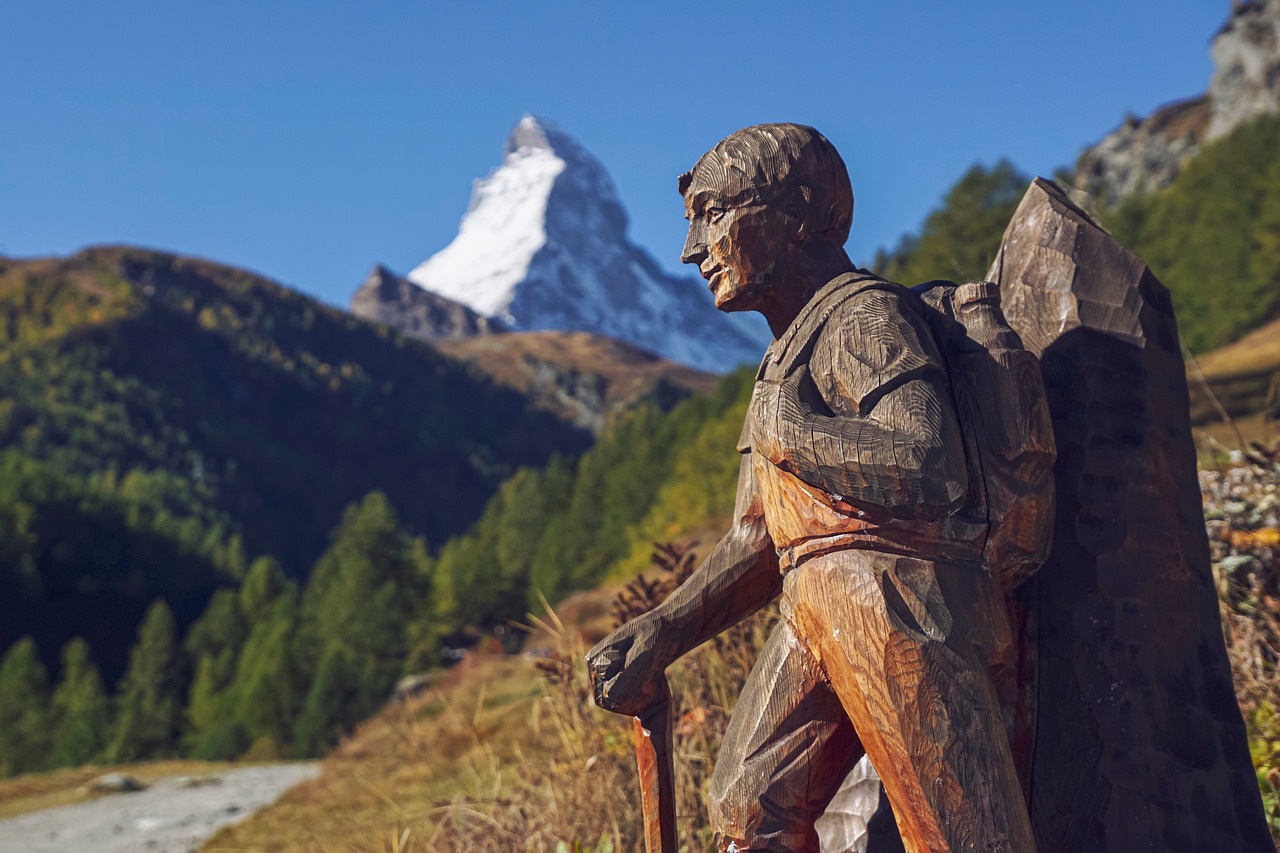
Emotional and Psychological Support
This guide provides essential information on how to prepare for, respond to, and recover from natural disasters, ensuring safety and resilience in the face of unpredictable events.
Natural disasters come in various forms, including earthquakes, hurricanes, floods, and wildfires. Understanding these types helps individuals and communities prepare adequately for each unique threat.
An effective family emergency plan outlines procedures for different disaster scenarios, ensuring that all family members know what to do, where to go, and how to communicate during emergencies.
Clear communication is vital during a disaster. Establishing communication strategies, such as designated contacts and emergency messages, ensures that family members can stay connected despite chaos.
Leveraging technology, like text messaging and social media, can enhance communication during emergencies, providing quick updates and facilitating connections when traditional methods fail.
Choosing specific meeting points for family members can streamline reunification efforts post-disaster, ensuring that everyone knows where to go if separated.
An emergency kit should contain essential supplies to sustain individuals and families during a disaster. Regularly updating this kit can ensure readiness for any situation.
Understanding evacuation routes and safety measures is crucial for ensuring a swift and safe departure during a disaster. Familiarizing oneself with local plans can save lives.
Knowing safe locations, such as shelters and higher ground, can provide refuge during floods or storms, ensuring safety until the threat passes.
Regularly practicing evacuation drills with family members can reinforce preparedness, making it easier to execute plans efficiently during a real emergency.
Recovery after a disaster involves assessing damage, accessing resources, and rebuilding lives. Understanding these steps can facilitate a smoother transition back to normalcy.
After a disaster, accessing emergency resources like shelters, food, and medical assistance is essential for recovery. Knowing where to find these resources can aid significantly.
Disasters can leave a profound mark not just physically but also emotionally. The emotional toll can be overwhelming, as individuals may face feelings of loss, fear, and anxiety. It's crucial to recognize that seeking help is not a sign of weakness; in fact, it’s a brave step towards healing. The emotional aftermath can be likened to the aftermath of a storm—just as the landscape needs time to recover, so do we.
Support systems play a vital role in recovery. Here are some ways to seek and provide emotional support:
- Talk It Out: Sharing your feelings with friends or family can lighten the emotional load. Sometimes, just knowing someone is there to listen can make a world of difference.
- Seek Professional Help: Therapists and counselors can provide coping strategies and a safe space to process trauma. Don't hesitate to reach out to mental health professionals.
- Community Support: Engaging with community groups can foster a sense of belonging and shared experience, helping individuals feel less isolated in their struggles.
Moreover, many organizations offer resources for emotional support post-disaster. These can include hotlines, support groups, and online forums where individuals can connect with others who have faced similar challenges. Remember, healing takes time, and it's okay to seek help at your own pace.
Q1: What should I include in my emergency kit?
A: Your emergency kit should include water, non-perishable food, a flashlight, batteries, a first-aid kit, necessary medications, and important documents.
Q2: How can I prepare my children for a natural disaster?
A: Talk to them about the types of disasters that could happen, create a family emergency plan, and practice evacuation drills together.
Q3: What resources are available for emotional support after a disaster?
A: Many organizations, including the Red Cross and local mental health services, provide counseling and support groups for those affected by disasters.
Q4: How can I stay informed during a natural disaster?
A: Keep a battery-powered radio, follow local news on your phone, and use social media to get real-time updates from official sources.
Frequently Asked Questions
- What should I include in my emergency kit?
Your emergency kit should contain essential supplies such as water, non-perishable food, a flashlight, batteries, a first aid kit, medications, important documents, and a multi-tool. It's also wise to include personal items like clothing, hygiene products, and any special needs for family members. Don't forget to check and update your kit regularly!
- How can I prepare my family for a natural disaster?
Preparing your family involves creating a detailed emergency plan that outlines what to do in various scenarios, where to meet, and how to communicate. Make sure everyone knows the plan and practices it regularly. Consider holding family meetings to discuss roles and responsibilities during an emergency.
- What are the best communication strategies during a disaster?
Clear communication is crucial! Designate a family member as the emergency contact, use text messaging or social media for quick updates, and establish meeting points in case you get separated. Having a plan in place can make a world of difference when chaos strikes.
- How do I find safe locations during a disaster?
Familiarize yourself with local emergency plans, which often include designated shelters and safe zones. Knowing where to go can provide peace of mind and ensure your safety during events like floods or storms. Keep a map handy and stay informed through local news and alerts.
- What steps should I take for post-disaster recovery?
After a disaster, start by assessing the damage to your property and ensuring your family's safety. Access emergency resources such as shelters, food, and medical assistance. Don't forget about emotional support—reach out to community resources or professionals to help you cope with any trauma.
- How can I practice evacuation drills effectively?
To practice evacuation drills, choose a regular time to gather your family and walk through your emergency plan. Simulate different scenarios and ensure everyone knows their roles. Regular practice can make executing your plan feel second nature when it really counts!



















